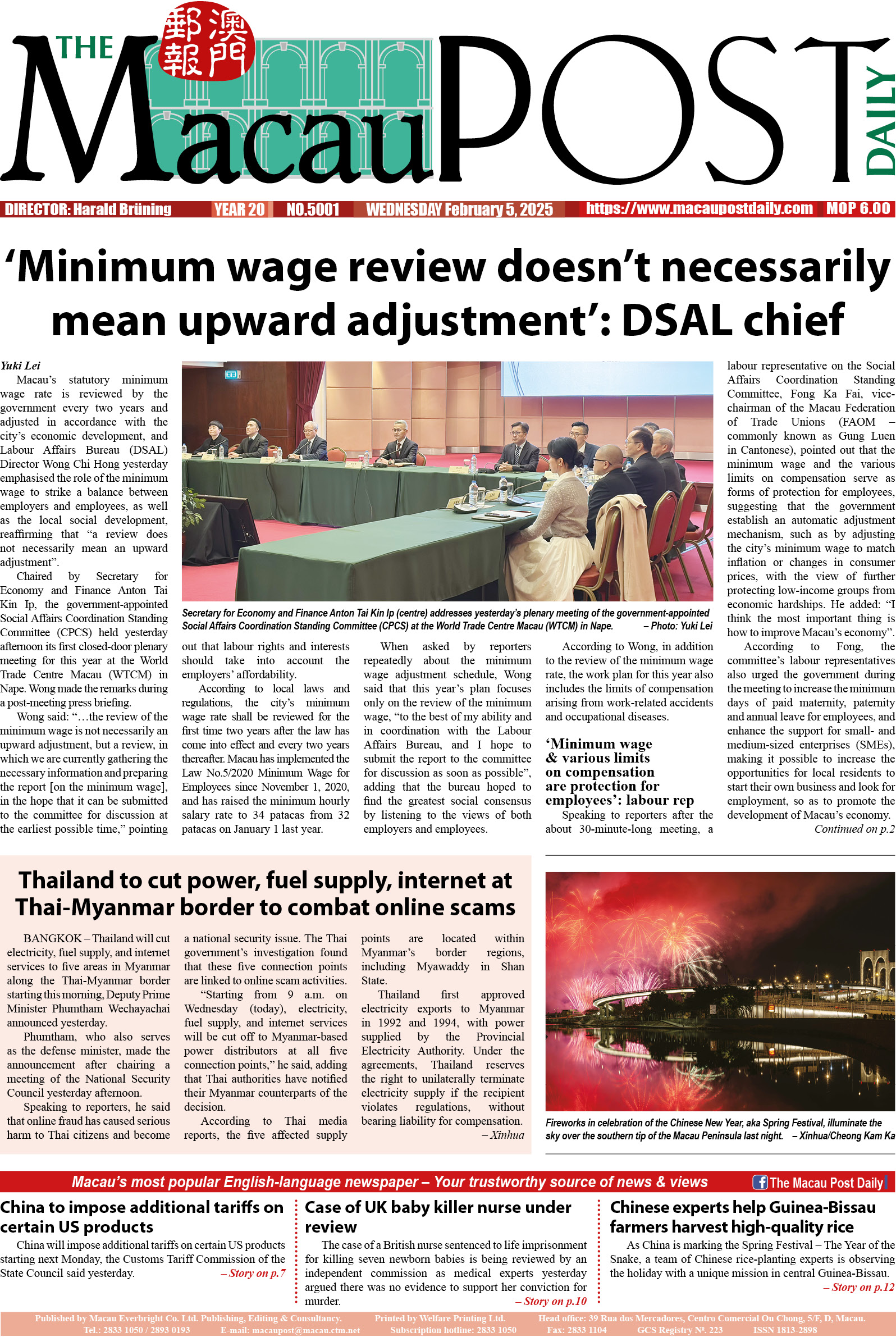Camy Tam
A painting exhibition of Ukiyo-e art, titled “The Romantic Impressions of The Charming Age” (麗影流光浮世繪), by several late Japanese artists is being held at Casa Garden.
The exhibition is hosted by the Printmaking Research Centre of Macau (PRCM) and sponsored by Portugal’s Orient Foundation (FO).
According to introductory texts displayed at the exhibition, Ukiyo-e are Japanese woodblock prints which flourished during the Edo (the former name of Tokyo) period (1603-1867). They originated as popular culture in Edo and depicted popular geisha, sumo wrestlers and kabuki actors from the world of entertainment. Literally translated, Ukiyo-e means “paintings of the floating world” (浮世繪) because their subjects were associated with impermanence and detachment from ordinary life.
Over time, the subject matter of Ukiyo-e pictures expanded beyond the sophisticated world of urban pleasures to include stunning Japanese landscapes and natural scenes. The work of Ukiyo-e artists had an enormous impact on landscape painting all over the world and was especially influential in the development of Europe’s impressionist movement, according to the texts.
The exhibition displays over 60 works of Japanese Ukiyo-e masters, namely the Thirty-six Views of Mount Fuji, one of the most famous landscape prints by Hokusai Katsushika, depicting Mount Fuji in different seasons, from different locations, and in different weather conditions, The Studies of Women, known as bijin-ga by Kitagawa Utamaro , The Fifty-Three Stations of the Tōkaidō by Utagawa Hiroshige after his first journey along the Tōkaidō in 1832, portraits by Toshusai Sharaku, the Actor by Toyohara Kunichika, and some erotic subjects by unknown artists, according to an article by the curator of the exhibition, James Wong Cheng Pou.
This exhibition displays prints from original woodblocks that were printed again later with the same plates or newly made ones by a renowned printmaking workshop under the quality control of the Tokyo National Museum, using the so-called “Edo Heritage” method which requires the use of materials and techniques that are truly based on the ancient Edo Ukiyo-e method of using specific papers and wood panels, according to Wong’s article.
The exhibition runs until June 8 in the gallery of Casa Garden in Praça Luís de Camões. It is open daily from 10:30 a.m. to 1 p.m. and 2 p.m. to 7 p.m. except Mondays. Admission is free.
The paintings are for sale. They are priced between 1,200 patacas and 8,000 patacas.
Casa Garden houses the local branch of the Lisbon-based Orient Foundation.

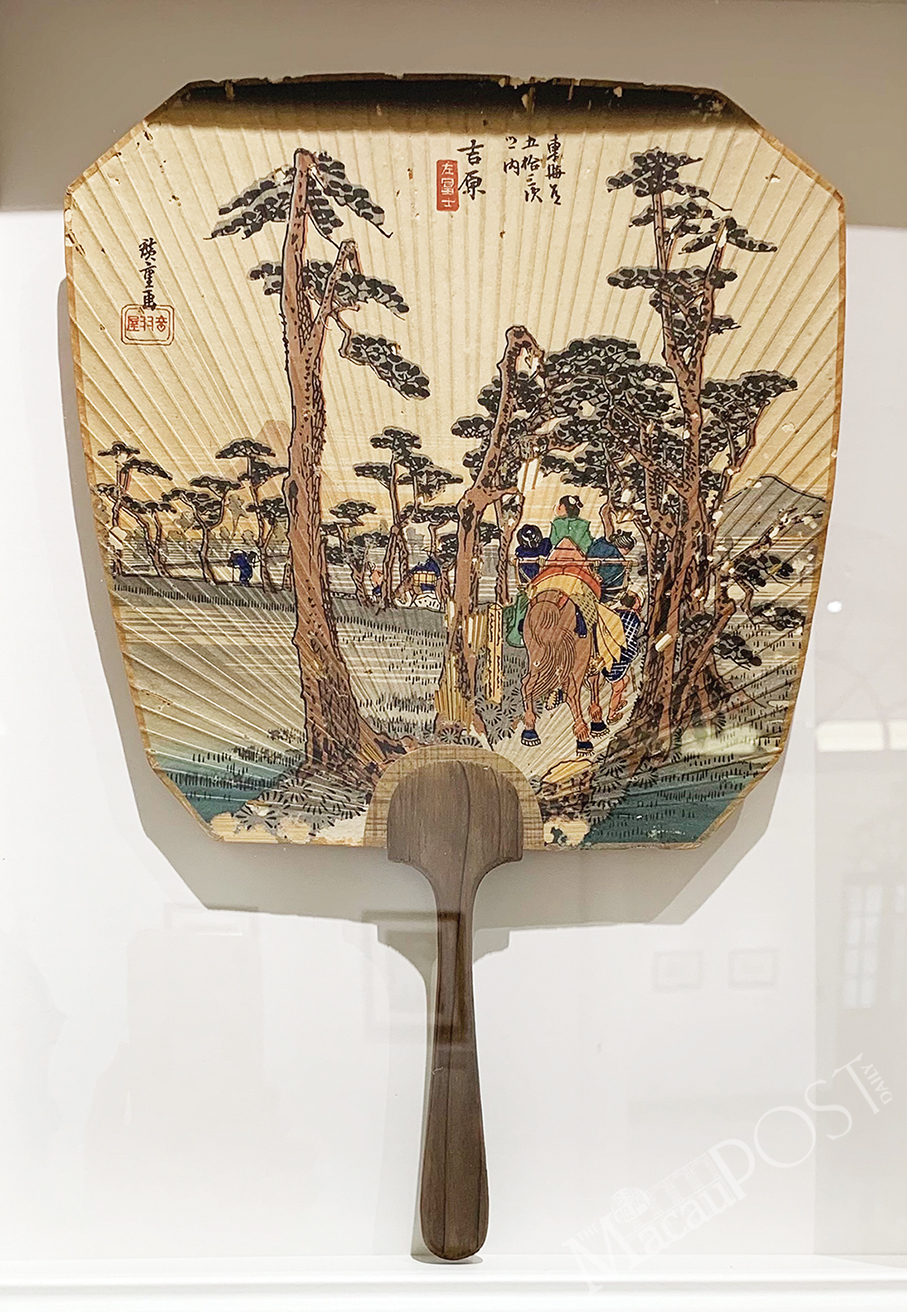
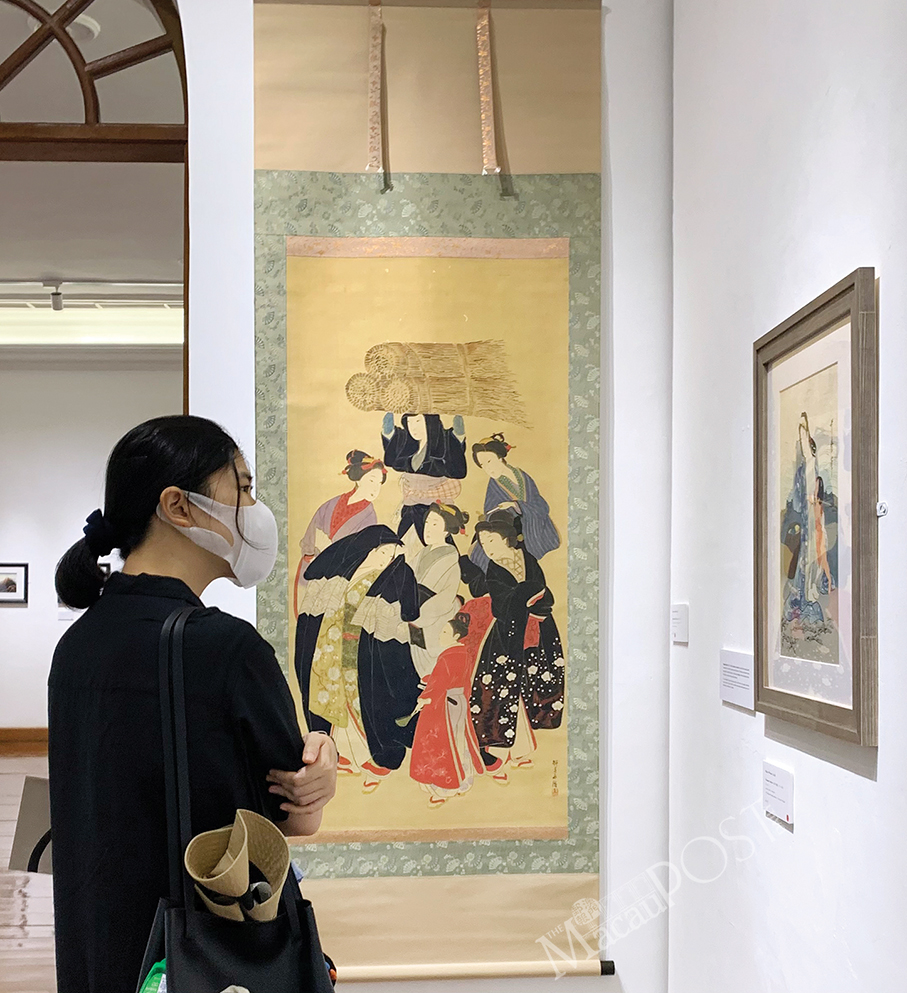

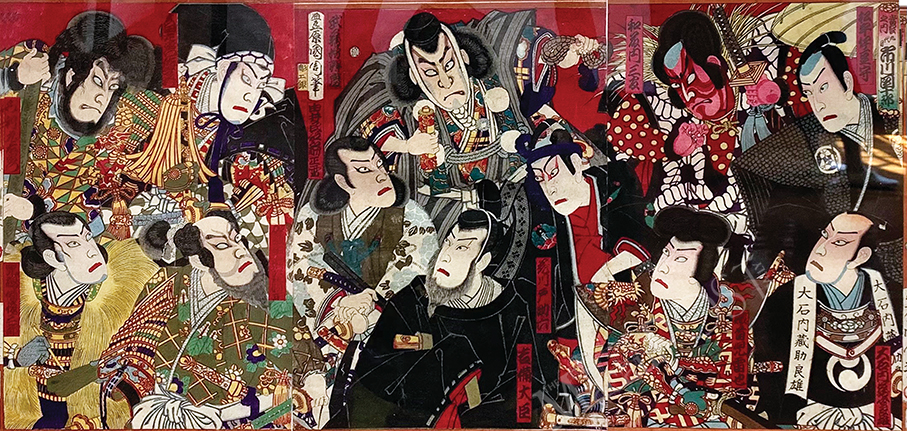
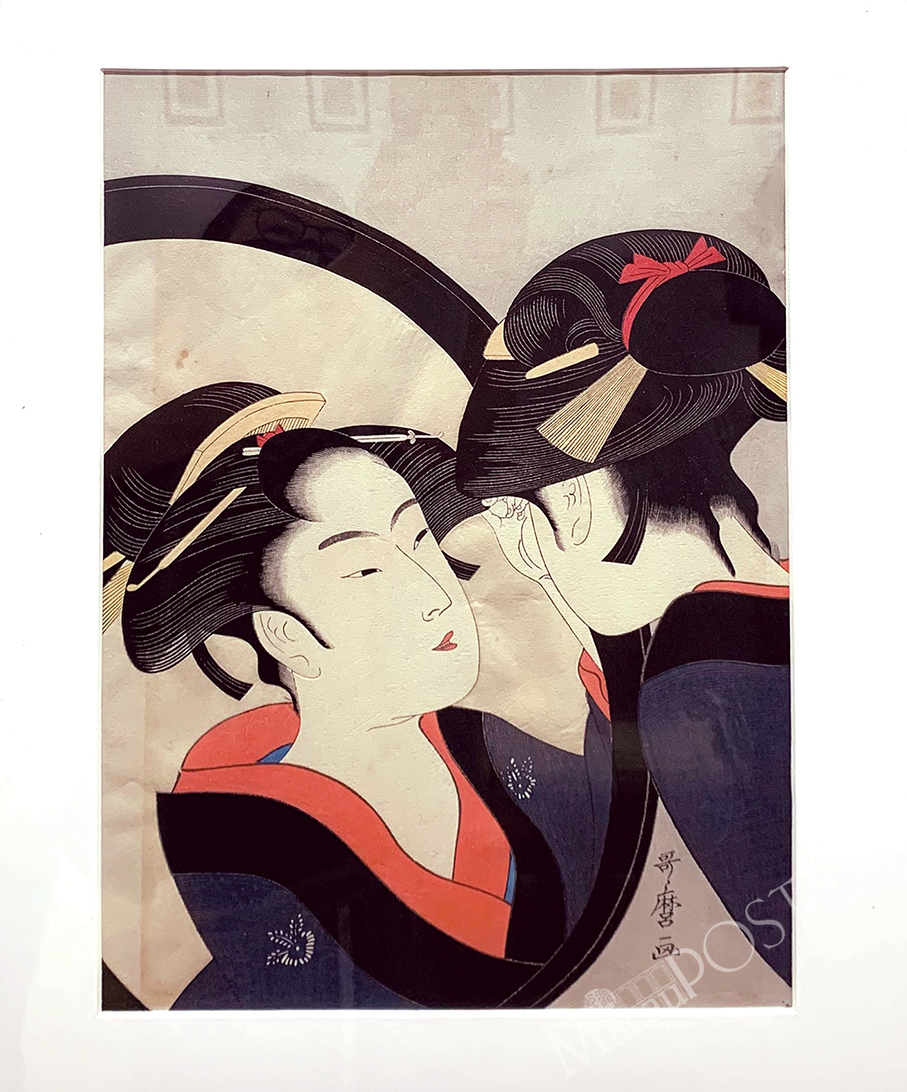

Photos: Camy Tam





